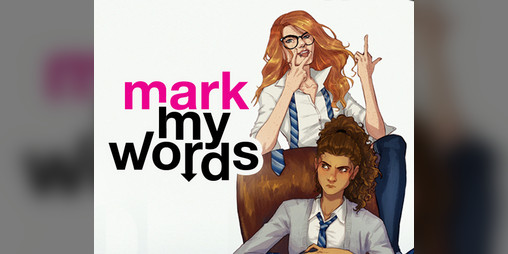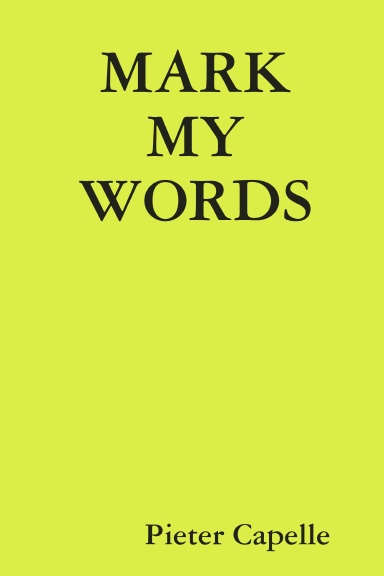

50 may ultimately be a more palatable game length I won't really know until I try it. Reiner and I played to 50 points, not 100, but that feels like a more satisfying total to me. The game is thus likely solved from a game theory perspective, and needs more than 2P to truly function. In the dream, we played 2P, but waking Mark's logic uncovered the fact that there's never any reason not to pick the highest-value boat in a 2P game. Very much in the GOPS or Eggs of Ostrich design tradition. The first player to 100 points is the winner. Players then collect their card and, if no one has won, play continues with the selection of another card. Any +1 tokens are added to a player's progress when they claim that boat. This will remain on the boat until the boat is selected by only one player.

Any boats chosen by more than one player do not award the player any points/movement.Īny boat that was not selected receives a +1 token on it. If any boat was chosen by only one player, they move up on the track a number of points equal to the boat's value. Once all have selected, the cards are revealed. Players choose one of their cards in secret, indicating choice of boat. Give each player cards equal to the boats in play (2, 4, 6, etc.)

In a 3P game, the 2, 4, and 6-numbered boats are used. Set out score markers on a score track and place the boats in the center of the board, equal to the number of players (in the absence of a track, just have a scorepad handy and put the cards/boats in the center). 25 +1 tokens (can be proxied with any generic component)ġ. cards for each player with numbers corresponding to each of the boats 5 boats numbered, respectively, 2, 4, 6, 8 and 10 (cards from a standard deck will work fine, but in dream-version it was boats) I spent my morning commute actually sussing out the details and wondering if it was playable and worthwhile as a design. I determined that some latter portions of our design musings were absolutely indecipherable nonsense (we were purchasing something? I barely remember at this point), but the main gameplay loop worked.

Upon waking up and mulling through the game, I was surprised that there was a coherent core to it. Then I showed him another game, and he said there was promise and made a few suggestions. He wanted to play one of my designs, so I taught him High & Low. Photo credit user brain did a jump cut at this point to us at a table deciding what game to play. Her charting of women’s struggles to define themselves and their communities reveals the significant power in all of our stories.Let's just assume he was dressed like this. In addition, she places these works in the framework of U.S. Pauline Johnson, Esther Belin, Joy Harjo, Leslie Marmon Silko, and Heid Erdrich. In a strong and lucid voice, Goeman provides close readings of literary texts, including those of E. She positions Native women as pivotal to how our nations, both tribal and nontribal, have been imagined and mapped, and how these women play an ongoing role in decolonization. Through an examination of twentieth-century Native women’s poetry and prose, Goeman illuminates how these works can serve to remap settler geographies and center Native knowledges. The book argues that it is vital to refocus the efforts of Native nations beyond replicating settler models of territory, jurisdiction, and race. In Mark My Words, Mishuana Goeman traces settler colonialism as an enduring form of gendered spatial violence, demonstrating how it persists in the contemporary context of neoliberal globalization. But as Native people become mobile, reservation lands become overcrowded and the state seeks to enforce means of containment, closing its borders to incoming, often indigenous, immigrants. Dominant history would have us believe that colonialism belongs to a previous era that has long come to an end.


 0 kommentar(er)
0 kommentar(er)
